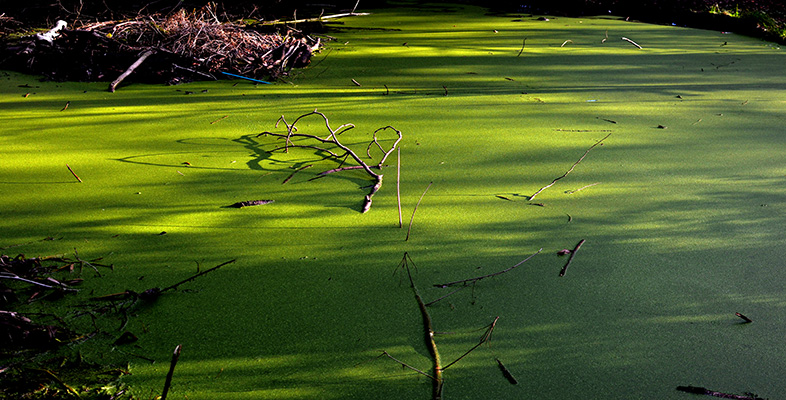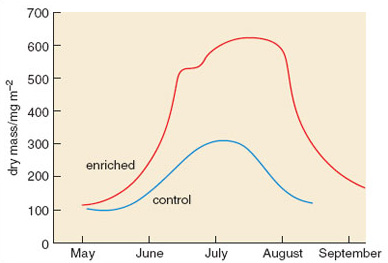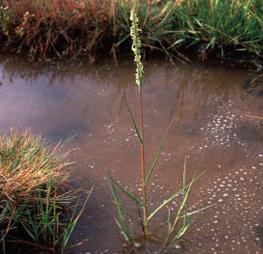2.4.2 Saltmarshes
Marsh plant primary production is generally nitrogen limited, so saltmarsh vegetation responds readily to the artificial eutrophication that is now so common in nearshore waters. Eutrophication causes marked changes in plant communities in saltmarshes, just as it does in freshwater aquatic and terrestrial systems. Biomass production increases markedly as levels of eutrophication increase. Increases in the nitrogen content of plants cause dramatic changes in populations of marsh plant consumers: insect herbivores tend to increase (Figure 2.23) and so do numbers of carnivorous insects. Thus, increasing the nitrogen supply to saltmarshes has a dramatic bottom-up effect on marsh food webs. Eutrophication can also alter the outcome of competition among marsh plants, by changing the factor limiting growth. At low levels of nitrogen, plants that exploit below-ground resources most effectively, such as the saltmarsh rush (Juncus gerardii) are competitively dominant, but at higher nutrient levels dominance switches to plants that are good above-ground competitors, such as the common cord grass (Spartina anglica, Figure 2.24). In other words, as nitrogen availability increases, competition for light becomes relatively more important.


